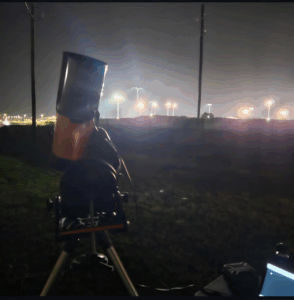
Clint Shimer’s Astrophotography Under Bortle 9 Skies
Houston, Texas, USAShooting deep-sky targets from a Bortle 9 zone? Most would say it’s nearly impossible — but not Clint Shimer. Living next to a brightly lit baseball field in
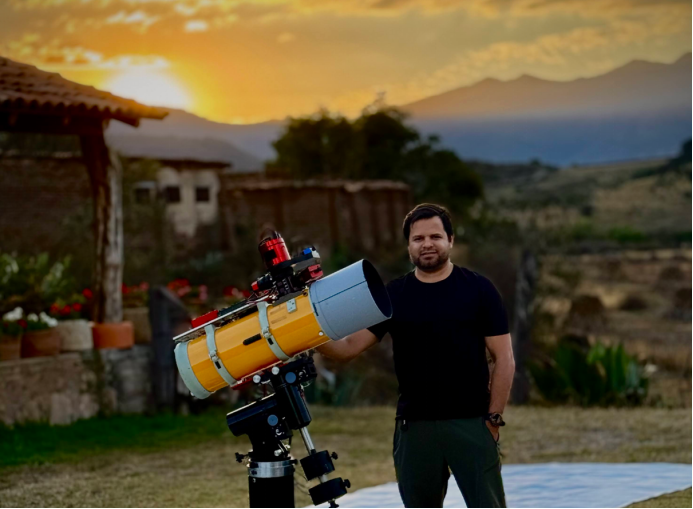
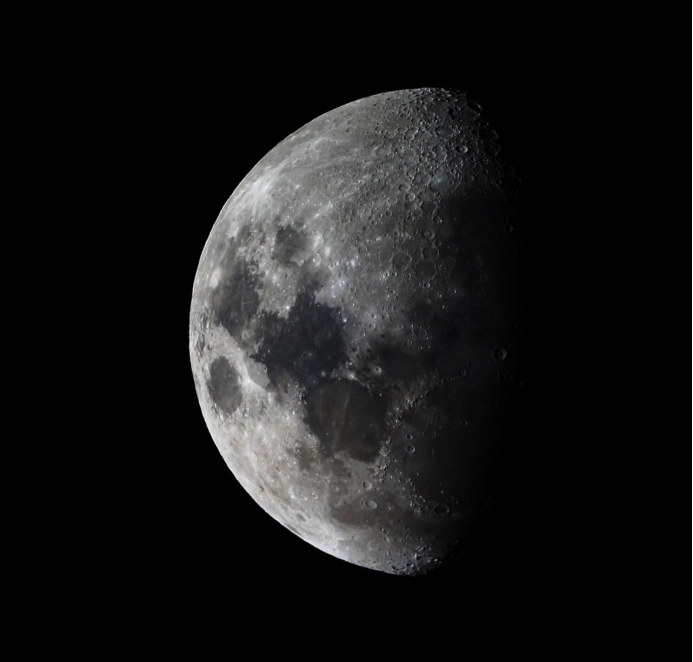
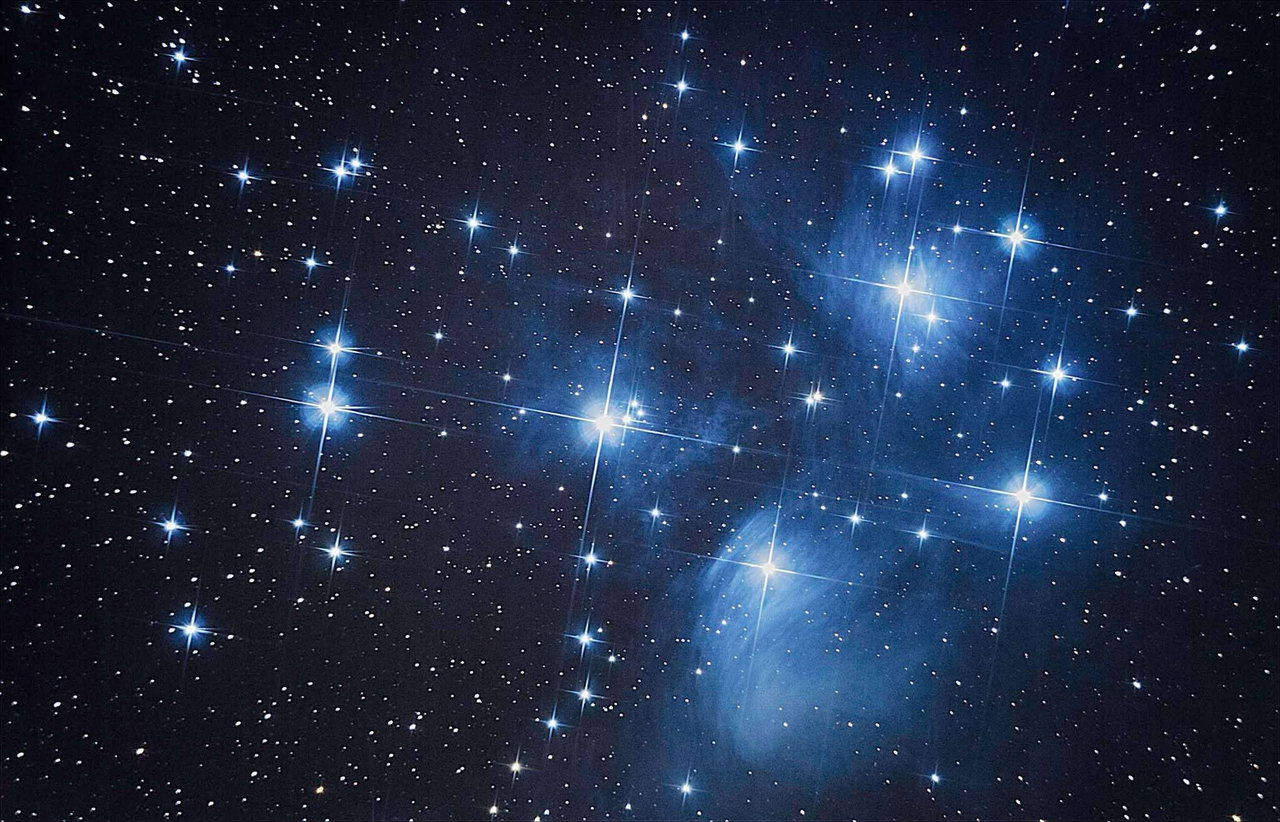
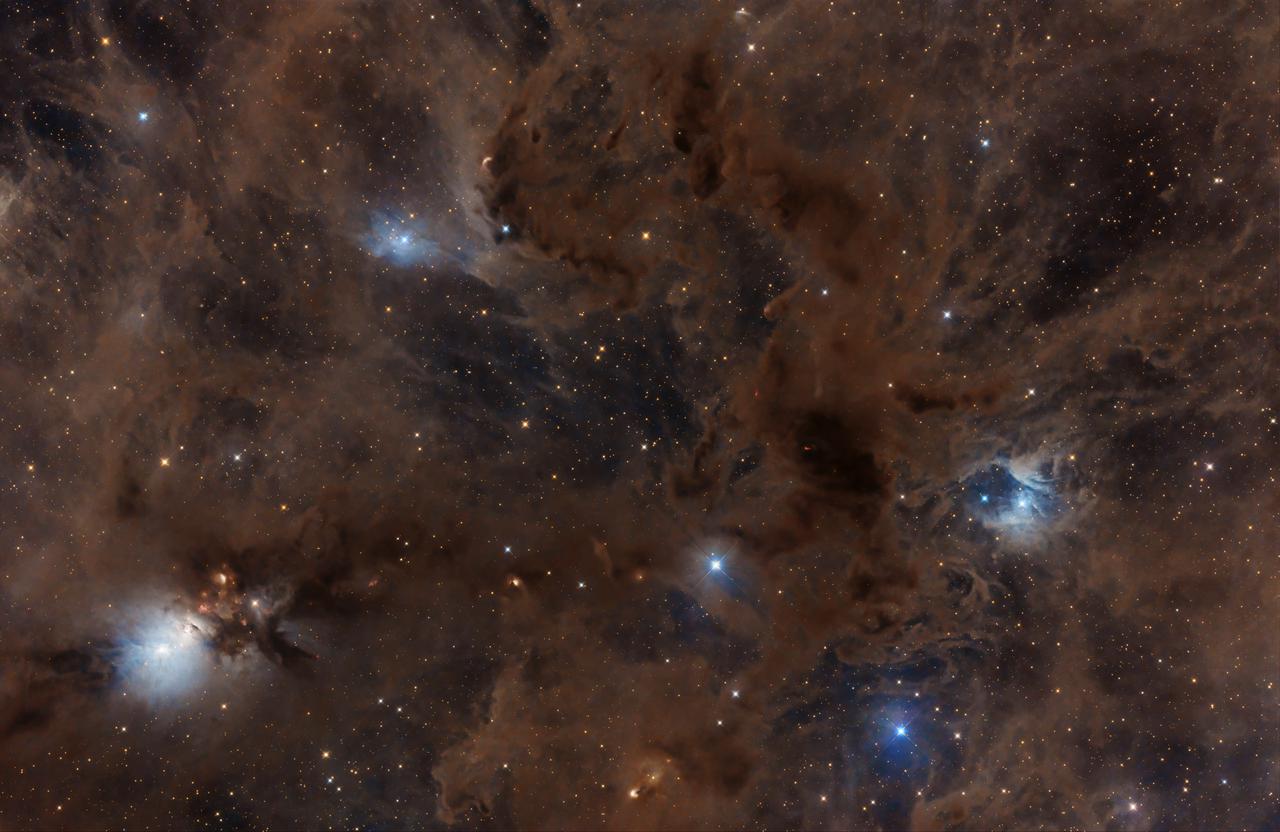

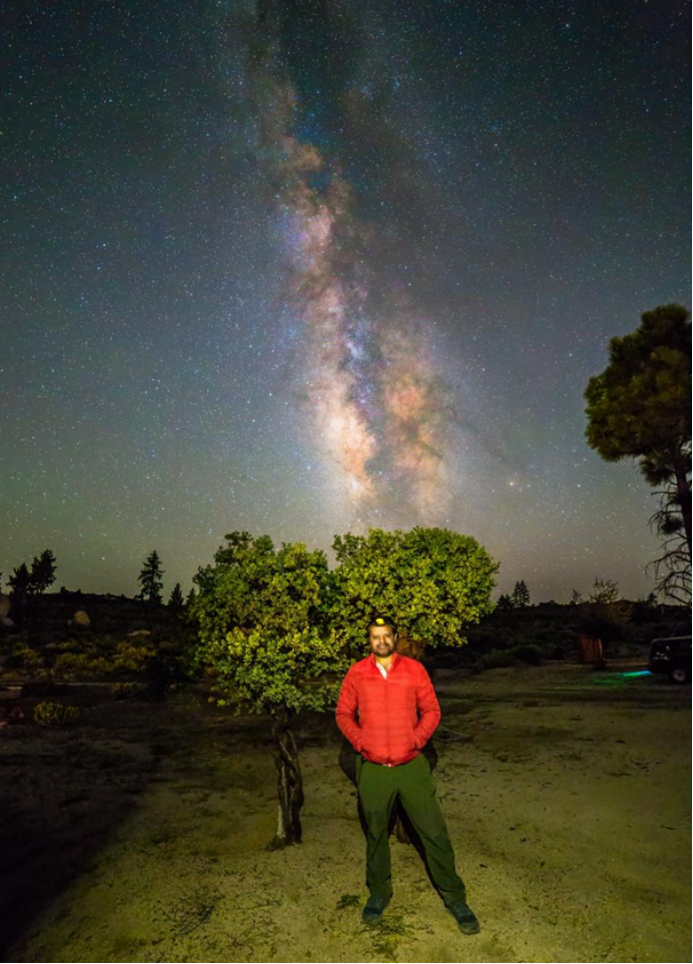
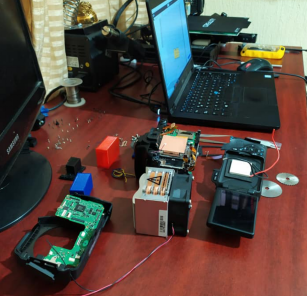
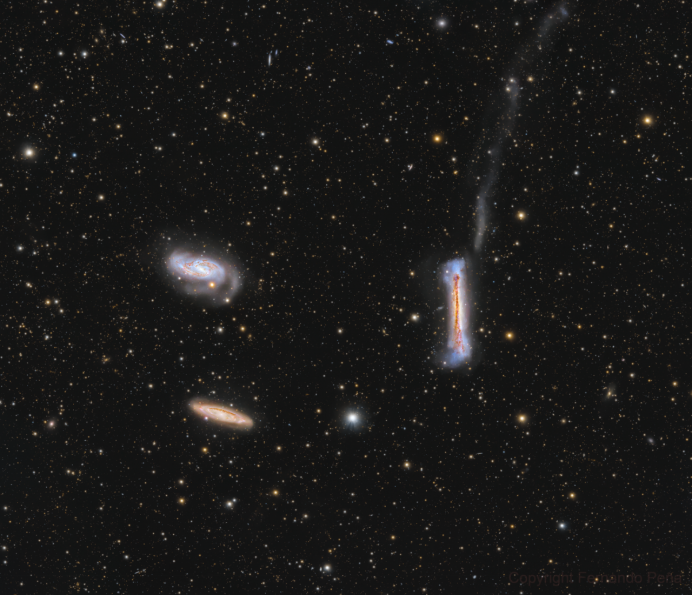

Houston, Texas, USAShooting deep-sky targets from a Bortle 9 zone? Most would say it’s nearly impossible — but not Clint Shimer. Living next to a brightly lit baseball field in
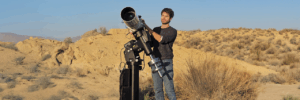
In our third feature with longtime ZWO friend Michael Tzukran, we take a deeper dive into his astrophotography journey, technological evolution, and unforgettable nights under the desert sky. Although many
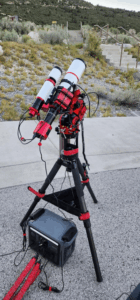
This time, we spoke with astrophotography enthusiast Cody Bancroft, who shared his personal experience of trial, error, and eventually finding clarity through the right gear. When Cody first started astrophotography,
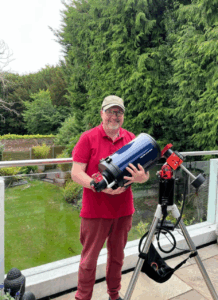
Astrophotographer Callum Wingrove is based in the suburbs of London under Bortle 7 skies, where he primarily images from home using focal lengths between 135mm and 860mm. Earlier this year,

Journey with ZWO Jon Garguilo, a 41-year-old airline pilot based in Florida, has spent his life surrounded by skies — both above and beyond. His passion for space began in